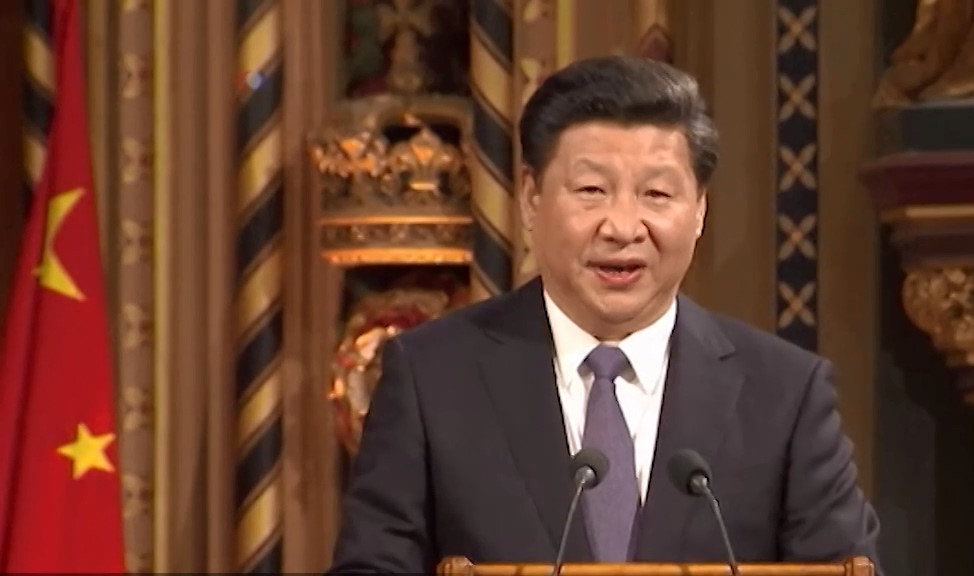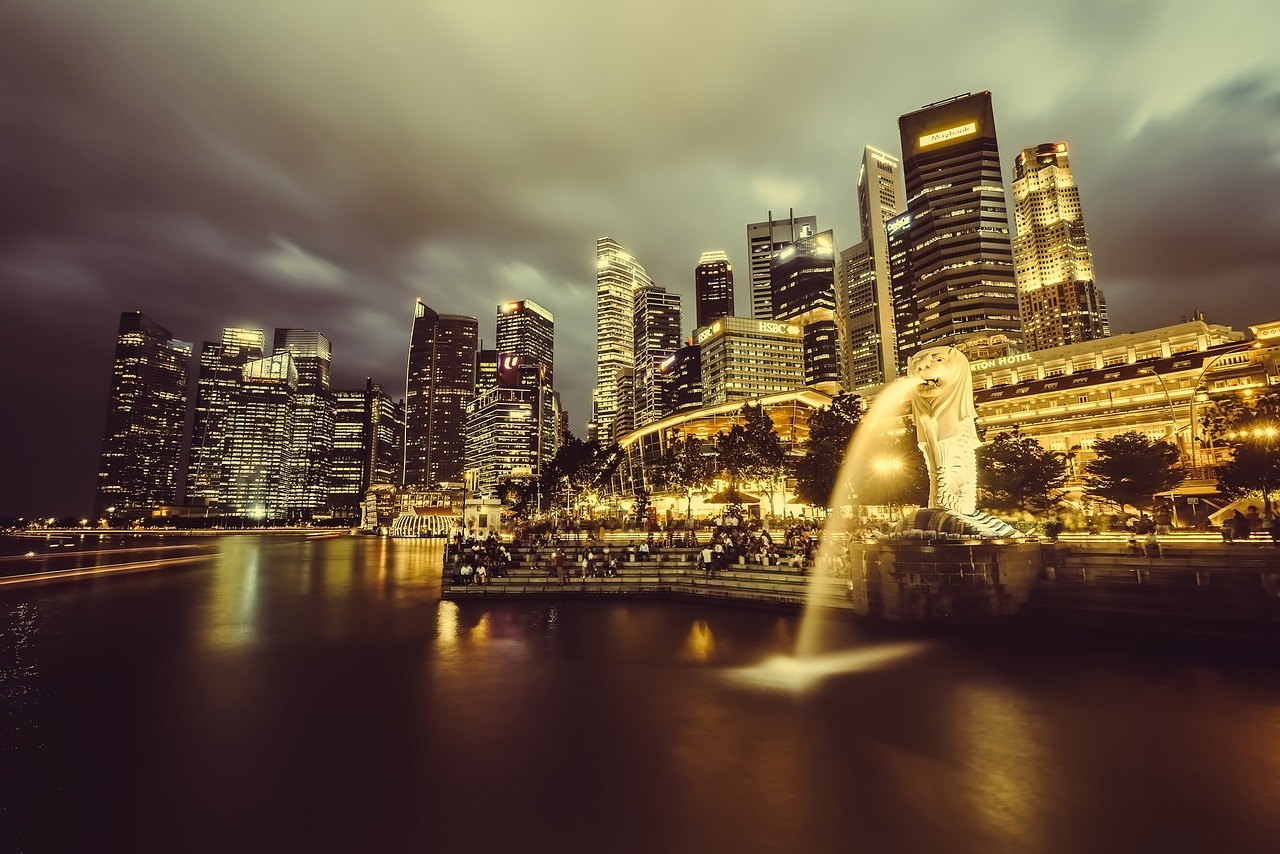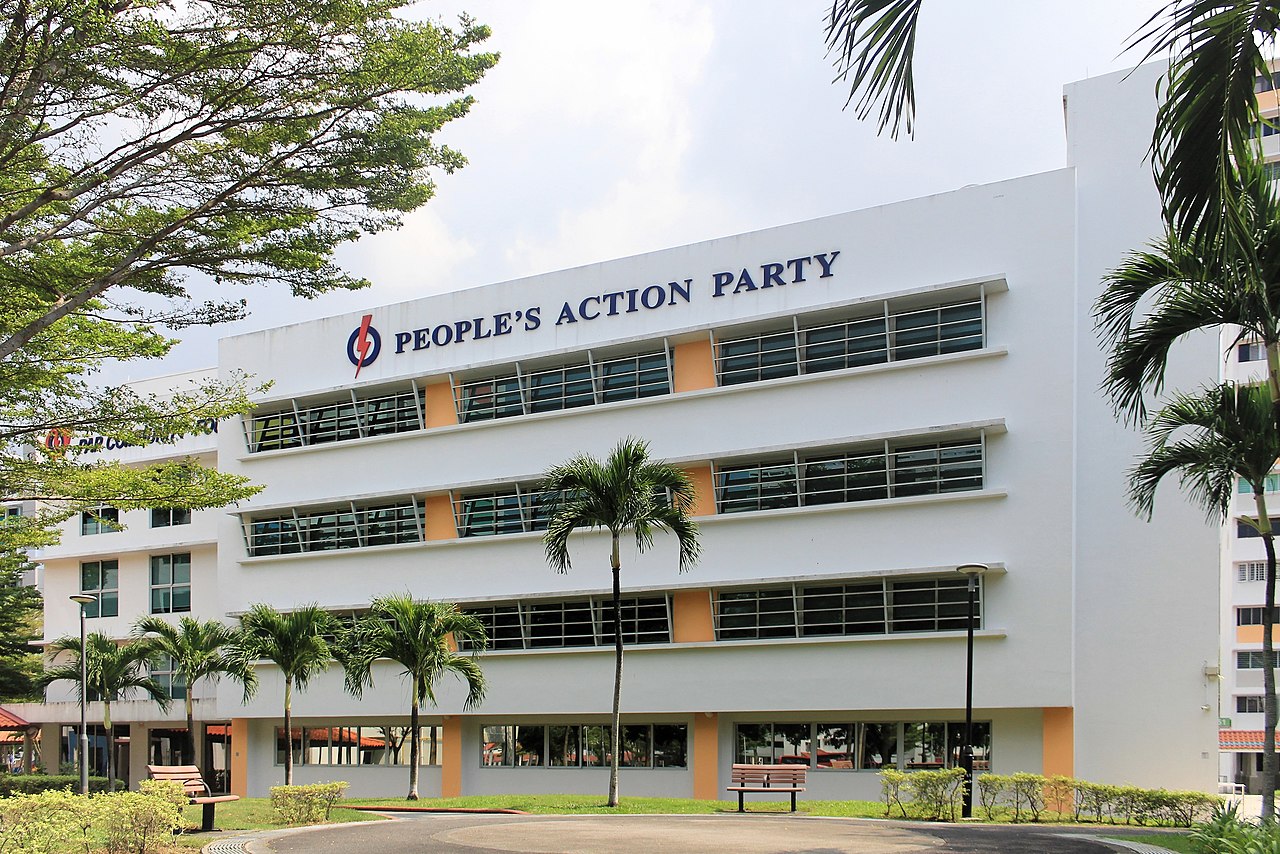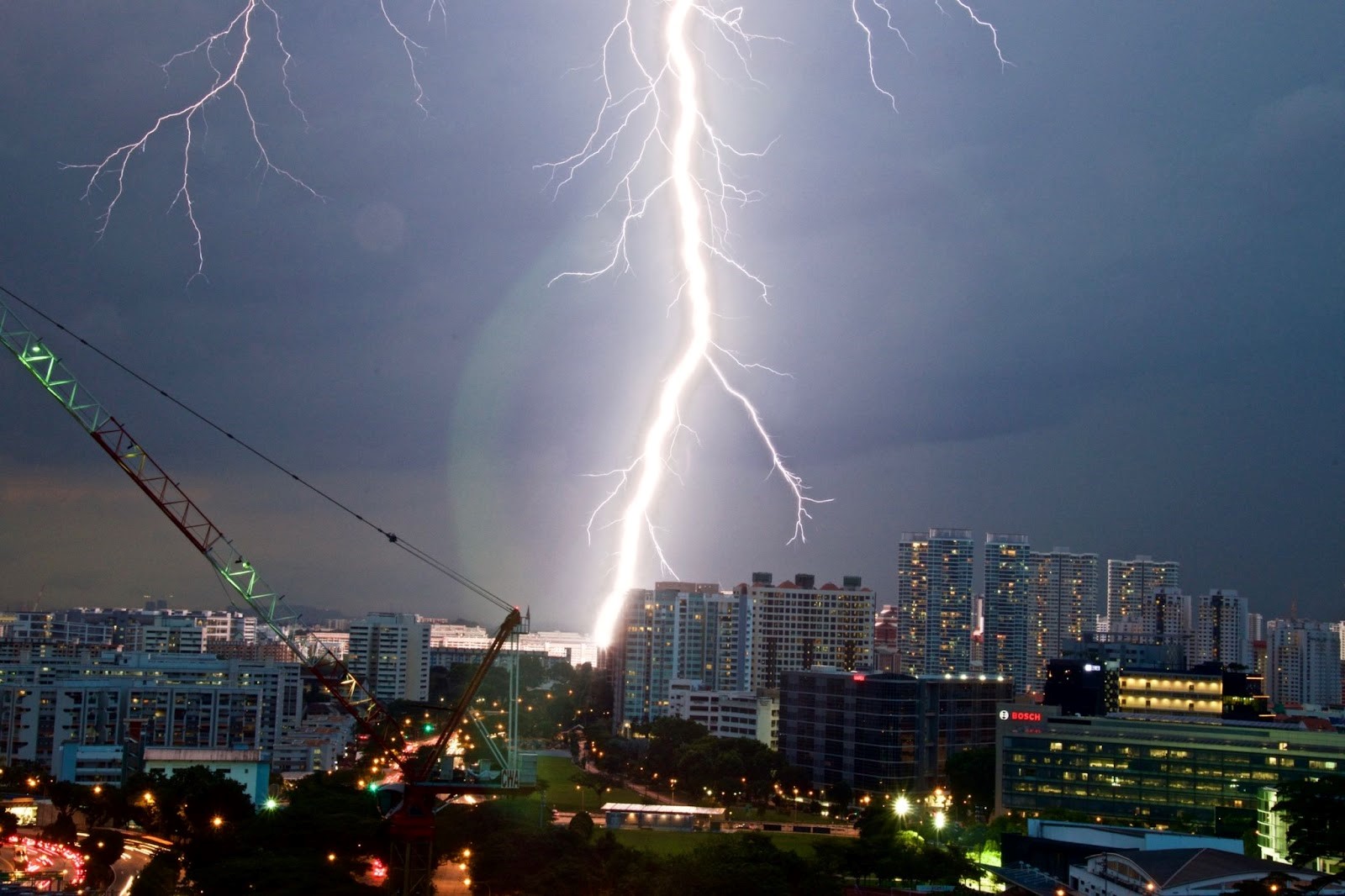Since the start of the pandemic, Singapore has seen an unprecedented level of capital inflow. More than $400 billion SGD (nearly $300 billion USD) in capital flowed into the country in 2021 alone. The capitalists of the region and beyond sense the coming economic crisis and accompanying political and social turmoil and are betting big on Singapore to be the safe harbour to ride out the storm. However, the crisis of capitalism on a world scale will only worsen, and the capitalists will find that they can run, but they can’t hide.
Nowhere is safe
The number of ‘family offices’, private organisations set up to manage the wealth of the ultra-rich, has nearly doubled in Singapore from two years ago. These families are coming from Europe, America, Asia, and particularly China, given that private wealth in that region has grown faster than anywhere else in the world. The influx of mainland Chinese money into Singapore comes as China’s President Xi Jinping has launched a regulatory crackdown on big business, as he tries to secure the stability of the CCP regime.
Although this influx of funds is certainly padding the pockets of those at the top of Singaporean society, where recent corruption probes have shone some light on the dealings of the tycoons and billionaires who run Singapore’s affairs, there is increasing concern that this money is eroding and undermining the foundation on which Singapore’s success as a capitalist state has been built.
For decades, Singapore has maintained itself as a highly favoured destination for international capital on account of its pro-business environment, highly stable single-party rule, and the ability to build good relations with all major powers in the region. However, the shifting balance of forces between the US and China, and the crisis of the capitalist system itself, are now undermining that stability. The Monetary Authority of Singapore, the country’s central bank, has even gone so far as to ask the big banks to “keep quiet on wealth inflows during China’s boom,” evidently as an effort to hinder the impression that Chinese influence in the country is growing at the expense of that of the West.
Singapore is so renowned as a model of stability that even sections of the British ruling class have made overt references (however delusional) to Singapore as a model for overcoming the capitalist crisis engulfing Britain in the wake of Brexit. Martin Wolf, chief economics commentator for the Financial Times (FT), and author of a book decrying the Crisis of Democratic Capitalism, still hails Singapore as “a great economic success… its success has been built on hard work, forced sacrifices and a (relatively benign) authoritarianism.”
Many capitalists and their strategists like Wolf swoon over the Singaporean regime, believing its economic growth to be the result of the particular wisdom, discipline, and “hard work” on the part of the ruling class there. Of course, that enormous wealth came from the labour of the working class toiling in back-breaking conditions. But more importantly for the present, Marxists must analyse the real reasons for Singapore’s stability in the past and why the present conditions will only undermine it.
A ‘benign authoritarianism’?
 The influx of mainland Chinese money into Singapore comes as China’s President Xi Jinping has launched a regulatory crackdown on big business / Image: public domain
The influx of mainland Chinese money into Singapore comes as China’s President Xi Jinping has launched a regulatory crackdown on big business / Image: public domain
The small island city state known as the Republic of Singapore officially came into being in 1965 after separating from Malaysia, and has been ruled by a single party, the People’s Action Party (PAP), down to the present day. As it came into power, in a not-so-benign series of arrests, expulsions, and the heavy use of strike-breakers, the PAP succeeded in destroying the movement of the working class and the oppressed masses, particularly the Communist Party of Malaya, suppressing and regulating all independent political activity thereafter.
However, the PAP leadership also consciously spurned the local, ethnic-Chinese bourgeoisie, doubting their capacity to industrialise Singapore. Instead, they looked to international capital to develop the economy, while establishing Government-Linked Companies as dominant business entities to keep a firm grip. This is similar to the process seen in South Korea and Taiwan following WWII, where a strong Bonapartist state staved off revolutionary pressure (especially from the 1949 Chinese revolution), and intervened in the economy to overcome the weakness of the domestic capitalist class. In Singapore, the state directed investment to build up infrastructure in particular, with the country emerging as a port city capable of competing on the world market.
The combination of draconian anti-labour laws, full state support for international capital, and Singapore’s strategic location at the heart of South East Asia (SEA) made it ideally suited to capitalise on the major economic forces of the post-war boom. An example of how much foreign capital controls labour policy is that Singapore’s National Wages Council includes representatives of the US, German and Japanese chambers of commerce, and is designed to subordinate trade unions’ wage demands to the requirements of long-term economic growth as dictated by the ruling class and imperialism.
In the 1950s, 60s and 70s, Singapore profited massively from the Korean and Vietnam wars, as demand for tin, rubber and oil skyrocketed, and the US military increasingly relied on Singapore as an outpost in the region. By the 1970s, the post-war boom had run out of steam, and after breaking the resistance of the working class domestically, in the 1980s and 90s, the bourgeoisie in the West in particular pursued a policy of globalisation and off-shoring to boost profits, whereby the manufacturing industry was relocated to SEA, chasing cheaper labour costs. Singapore was, again, ideally located to take advantage of this, with the port of Singapore becoming the largest port in the world in the 1990s, and a huge number of transnational firms setting up headquarters in Singapore.
Its strategic importance continued into the 2000s with the rise of China as the new workshop of the world. It positioned itself as a financial hub through which most of the major arteries of world trade would pass, where both western and Chinese capital could come in to finance ventures in the region.
The country’s peculiar position as a small city state that occupies an important strategic position in world trade, coupled with a well-armed, right-wing, authoritarian regime that intervened in both the economy and into workers’ movement for decades, allowed it to enjoy a period as a highly stable capitalist regime. As the world descends into ever-greater crisis, this is going to change.
Instability and world crisis
Because Singaporean industry is so heavily dependent on international capital, local growth depends critically on global market conditions, requiring frequent structural adjustments to maintain Singapore’s ‘international competitiveness’ i.e. to foreign capitalists’ interests in investing in Singapore, usually at the cost of the working class.
As markets confront the reality of another global recession, the exact same features that made Singapore into a beacon of stability in the past will turn into their opposite. Singapore’s state investment company, the Temasek investment fund, reported its worst return in 7 years, going from S$403bn to S$382bn (US$285bn) in 2023 as a result of falling valuations in public and private equity capital markets. The Singaporean government draws a significant portion of its income for healthcare, education and investments for new infrastructure from its sovereign wealth funds. At a certain point, volatility and falling valuations in global markets therefore will make themselves felt to the Singaporean working class in the form of austerity.
Furthermore, we are seeing the return of protectionism and the reshoring of manufacturing and supply lines all across the globe in the wake of the chaos of the COVID-19 pandemic and the war in Ukraine. Some analysts are estimating that “port cargo is expected to decrease by 3.95 to 6.9 trillion tons, which [could be up to] half of the global cargo.” This would lead to a catastrophic contraction of the Singaporean economy, which has hinged upon world trade for much of its existence.
 Because Singaporean industry is so heavily dependent on international capital, local growth depends critically on global market conditions / Image: Pixabay
Because Singaporean industry is so heavily dependent on international capital, local growth depends critically on global market conditions / Image: Pixabay
Another major factor in the equation is the increasing hostility between US and Chinese imperialism. The irreconcilable antagonism of these two imperialist powers will quickly erode any neutral ground. So far, Singapore has positioned itself as a neutral arbiter, conducting military training operations and signing defence deals with both China and the US. It has also gained, at least for now, at the expense of another former British colony, Hong Kong, which has declined as a conduit for capital flowing between China and the West since the eruption of the mass movement in 2020.
However, the changing balance of forces in the region, and the sentiments of its population, who predominantly look to China, are increasingly making its position untenable. As the FT wisely remarks: “The neutral approach works until it doesn’t. It is unclear what Singapore’s fallback position is when it doesn’t.”
All of these factors are conspiring to create unprecedented economic headwinds that the Singaporean ruling class is unable to address, other than by making the working class pay for the crisis. Indeed, this has been their solution in the past. For instance, in the late 1980s, as rising wages made Singapore less attractive for the manufacture of basic goods, the PAP adopted measures to close down inefficient industries and encourage the development of a services sector, while shifting manual labour onto the shoulders of hyper-exploited migrant labourers, who today make up one third of the workforce.
This caused significant social dislocation, prompting working-class voters to desert the PAP, though state control of trade unions restricted their capacity to express discontent. But more importantly for the ruling class, it led to the eventual return of economic growth. Today, the PAP government will have to attack the working class against the backdrop of a world economy that is only descending into, rather than emerging from, a deep crisis.
The return of the class struggle
Despite significant political repression and limited avenues for expression, this systematic implementation of a policy in the interests of large-scale and foreign capital has generated a growing political backlash over questions including welfare, wages and immigration, resulting in significant gains for opposition parties in the 2011 elections. The PAP has been compelled to respond to this upsurge of social and political tensions. Nevertheless, the concessions it is capable of making are constrained by the requirements of international capital, and the ideological tropes that the PAP uses to legitimise its domination: ‘meritocracy’ and self-reliance.
These ideological pillars of political rule have been heavily battered by the regime’s handling of the COVID-19 pandemic, where public safety was sacrificed for the sake of the economy, and the myth of self-reliance was shattered. While billions of dollars are flowing into the country right now, as international capital seeks a high ground from the coming flood tide, these dollars are being spent on luxury houses, condos, and Rolls Royces, and are being parked safely in the family home offices. Meanwhile, as a result of this influx, Singapore was the city with the highest rental growth at the end of last year, and many workers are seeing rent increases of 100 percent or more. There’s no room on this ark, it seems, for Singapore’s working class.
 The PAP has been compelled to respond to the upsurge of social and political tensions / Image: Seloloving Wikimedia Commons
The PAP has been compelled to respond to the upsurge of social and political tensions / Image: Seloloving Wikimedia Commons
Inequality is making itself felt in all areas of life, as shown by a recent survey in which almost 50 percent of respondents reported that they felt that class, not race or religion, is Singapore’s most divisive fault line. We should bear in mind that this is in a country where only 35 percent of the population identify as ‘Singaporean’ first and foremost, above their ethnic identity. This is finding an expression in the electoral gains of the Workers Party of Singapore (WPS), which became the main opposition party to the rule of the PAP after 2011. While claiming to fight for socialism in its manifesto, the WPS has a half-hearted reformist platform of Keynesian interventionism that is completely unable to address the unfolding capitalist crisis.
To overcome the barbarity of capitalism and ensure a life of dignity to all the people of the region, including the hundreds of thousands of migrant workers that keep Singapore running, the working class must develop class-independent organisations fighting for a genuine socialist programme that strives to unite all workers across racial and religious lines.
But it is not sufficient to limit the struggle to the confines of Singapore itself. The degree to which the coming battles of the Singaporean working class are victorious depends to a large degree on whether the movement can link up with the working class of Malaysia, and the rest of the SEA region. Only a farsighted Marxist leadership can ensure the overthrow of capitalism and imperialism once and for all and the formation of a Socialist Federation of South East Asia as part of a World Socialist Federation.
The IMT is preparing for this future by building the forces of Marxism all over the world. Join us!

